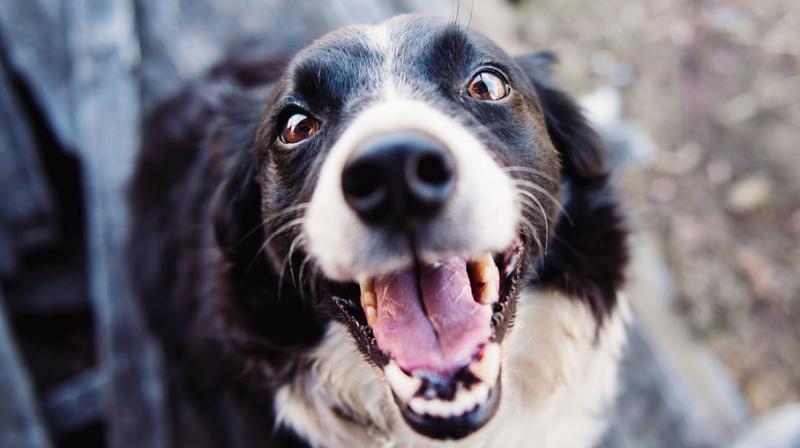Study identifies hormones that make dogs aggressive
The findings could pave the way for therapies to prevent pets from attacking passing animals or people.

Washington: Scientists have identified the hormones that make some dogs aggressive when they are leashed, paving the way for therapies to prevent pets from attacking passing animals or people. For some dog owners, a leisurely walk can turn stressful the moment their canine companion sees another pup walking by.
Dogs with what is known as "leash aggression" may bark, growl or lunge at other dogs during walks, setting the scene for a tense and potentially dangerous interaction. Although a number of studies have looked at the role of testosterone and serotonin in aggression in dogs and other mammals, those hormones may be only part of the story, say scientists who investigated why some dogs lash out on the leash while others do not.
Researchers looked specifically at oxytocin and vasopressin - hormones that are also found in humans - and found that they may play an important role in shaping dogs' social behaviour. Better understanding the biology behind canine aggression could help with the development of interventions, said Evan MacLean, assistant professor at University of Arizona in theUS.
Oxytocin, which is significant in childbirth and nursing, is sometimes called the "love hormone," as its levels in humans have been shown to increase when we hug or kiss a loved one. Vasopressin is a closely related hormone involved in water retention in the body.
In contrast to oxytocin, it has been linked to aggression in humans, with previous research suggesting that people with chronic aggression problems have high levels of vasopressin. For the study published in the journal Frontiers in Psychology, researchers recruited pet dogs of varying ages, breeds and sexes, whose owners reported struggles with leash aggression. For each aggressive dog recruited, the researchers found a non-aggressive dog of the same sex, age and breed to serve as a comparison.
During the experiment, each dog was held on a leash by its owner. Across the room, an experimenter played audio of a dog barking behind a curtain, before pulling back the curtain to reveal a lifelike dog model with a human handler. The dogs in the study were presented in the same way with everyday noises and three common objects - a cardboard box, trash bag and an inflated yoga ball.
The dogs' responses and hormone levels were measured before and after the interaction. While none of the dogs in the study reacted aggressively toward the box, bag or ball, many of the dogs in the leash aggression group had aggressive responses to the model dog, including barking, growling and lunging.
The dogs that reacted aggressively showed higher levels of total vasopressin in their systems, suggesting a link between vasopressin and aggression. The researchers did not observe differences in oxytocin levels between the two groups of dogs.
However, when they compared the oxytocin levels of the pet dogs in the study to a group of assistance dogs, which are specifically bred to have non-aggressive temperaments, they found that the assistance dogs had higher levels of oxytocin and higher oxytocin-to-vasopressin ratios. This supports the idea that oxytocin may help inhibit aggression in dogs.

